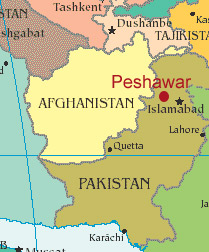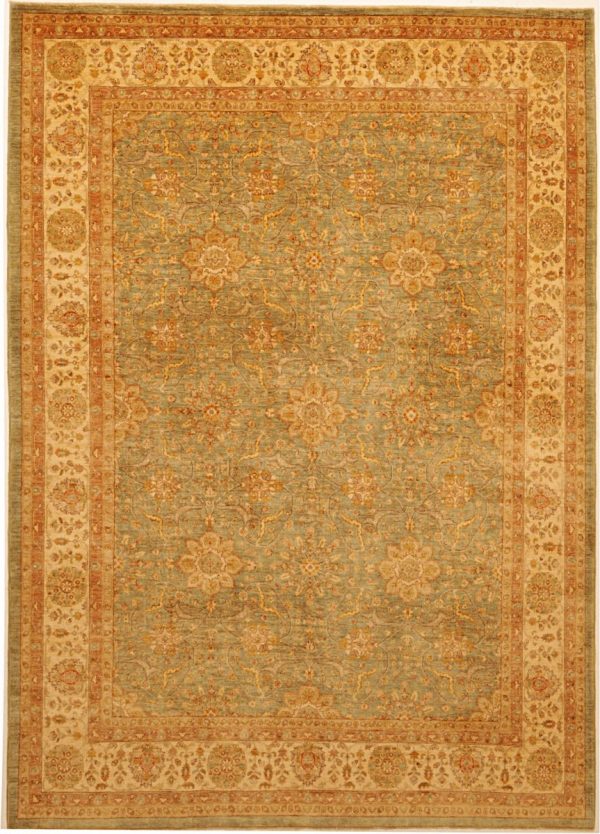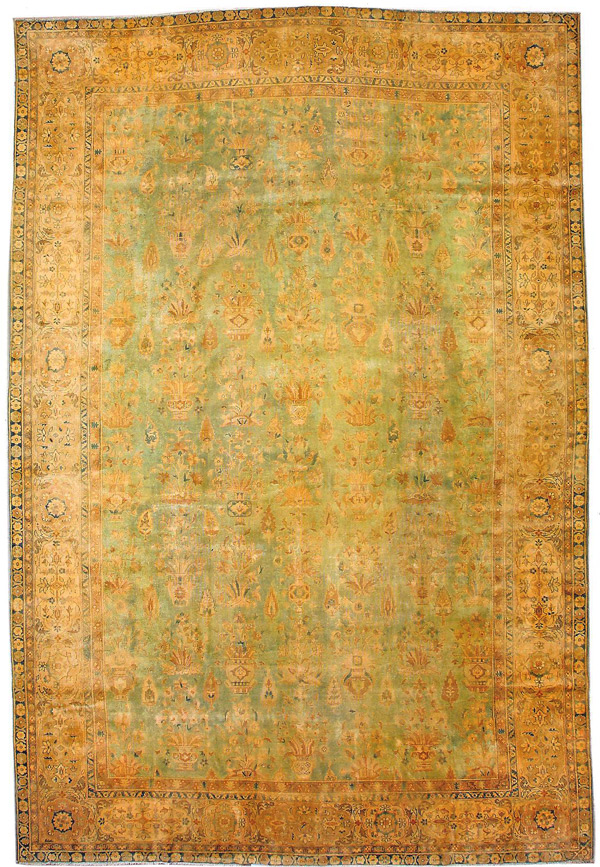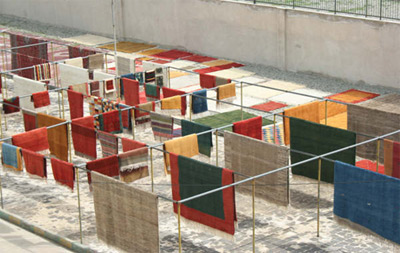Peshawar
Characteristics & History Of Peshawar Rugs (Also known Chobi Rugs and Ziegler Rugs)
As with most types of oriental rugs, Peshawar rugs too are named after the region they are manufactured in-Peshawar. Located on the border of Pakistan and Afghanistan, in early days Peshawar was a significant commerce and trade centre in the region. Today, it is renowned worldwide for the fabulous rugs that are created here and exported all over the world.
History Of Peshawar Rugs
While no written records exist as to when weaving began in this region, the story has it that the basic techniques were first introduced to the local tribes by the ancient Scythians. The tribes continued weaving rugs using these basic techniques until around the 16th century. During this time, in an effort to make the art of rug weaving more widespread, Moghul emperor Akbar began establishing workshops for weaving rugs.
To enhance the weavers’ skills, Persian weavers were brought in as tutors or mentor. Under their guidance, the local weavers learnt newer and more complicated techniques and honed their rug making skills. The finished rugs looked almost like their Persian counterparts but there were a few dissimilarities between the two. The new types of rugs that were thus created were called Peshawar rugs.
The rug weaving industry in Pakistan did not get regulated till 1947. The new government of newly independent Pakistan, recognized the potential of this industry and began to grant subsidies that allowed the small time weavers to buy better equipment and produce more rugs of higher quality. This move paid off and the Peshawar rugs that were manufactured were soon good enough to be able to hold their own over other types of oriental rugs.
Features of Peshawar Rugs
Peshawar rugs are hand knotted Oriental rugs that are usually created using locally spun wool. The pile of these rugs is usually made of wool, with silk being used to accentuate motifs occasionally. The weft and warp of the rugs were generally made of cotton. Merino wool from New Zealand, Australia or Korea is sometimes used to give the rugs additional durability and a silkier touch.
Two types of weaves are used in the manufacture of Peshawar rugs. One is the Mori weave and the other is the Persian weave. The designs that are used are in great part influenced by a combination of the Caucasian Shirvan style as well as the Kazak style. The rugs are manufactures in a wide range of sizes and shapes from standard sizes to oversizes and from runners to rounds.
The tribal weavers used only dyes from plants and vegetables that were native to the region. The two distinctive shades of Peshawar rugs are golden and ivory. The choice of colors gives the rugs their distinctive antique appearance and the weaving techniques give the finished rugs that subtle variation in shades that is characteristic of Peshawar rugs. The finished product is a majestic execution of faultless design and a stunningly understated palette.



